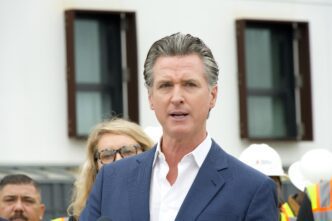Intel’s CEO, Pat Gelsinger, has announced his retirement, marking a significant leadership shift at the company. David Zinsner and Michelle Johnston Holthaus have been appointed as interim co-CEOs, stepping into their roles as Intel navigates through a pivotal moment in its strategic operations.
Gelsinger’s departure comes after a career at Intel that began in 1979. Initially, he was recognized as the company’s first Chief Technology Officer and returned as Chief Executive in 2021, steering Intel during a critical phase marked by technological advancements and strategic initiatives. Frank Yeary, the independent chair of Intel’s board, will assume the position of interim executive chair, reflecting the company’s focus on continuity and stability during this transition.
Under Gelsinger’s leadership, Intel invested heavily in semiconductor manufacturing, aligning with the company’s long-standing commitment to innovation in process manufacturing. This focus on cutting-edge technology was pivotal in Intel’s efforts to maintain its competitive edge in a rapidly evolving industry landscape, facing rivals like Nvidia and AMD.
Recently, it was disclosed that the Biden administration plans to reduce Intel’s federal funding for computer chip plants. According to sources, this adjustment is due to the significant $3 billion Intel is slated to receive for providing computer chips to the military, rather than any concerns about Intel’s financial performance. Previously, the federal government pledged up to $8.5 billion in direct funding and $11 billion in loans to Intel, emphasizing the strategic importance of domestic chip manufacturing.
Despite these changes, Intel’s stock experienced a notable increase, rising over 4% in premarket trading. This boost underscores investor confidence in Intel’s strategic direction and resilience amidst industry challenges.
In August, Intel disclosed plans to reduce its workforce by 15%, affecting approximately 15,000 employees. This decision was part of broader efforts to enhance business efficiencies and strengthen Intel’s market position against its industry competitors.
As Intel undergoes this leadership transition, the emphasis remains on strategic planning and innovation to navigate industry challenges. The interim leadership of Zinsner and Holthaus, supported by Yeary, signifies Intel’s dedication to maintaining its course towards a future-ready business model.
Source: News4jax








